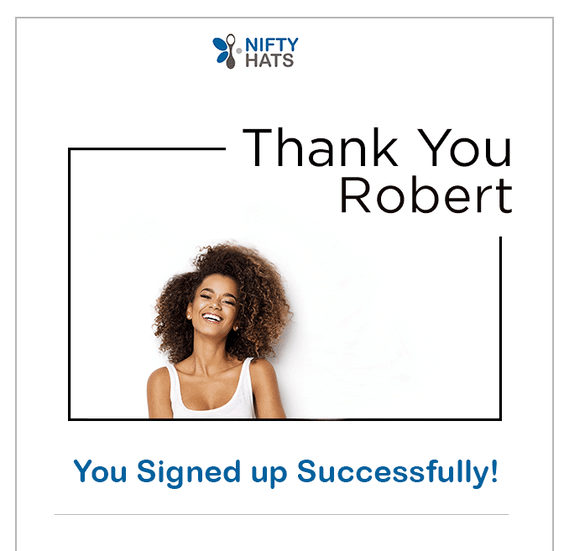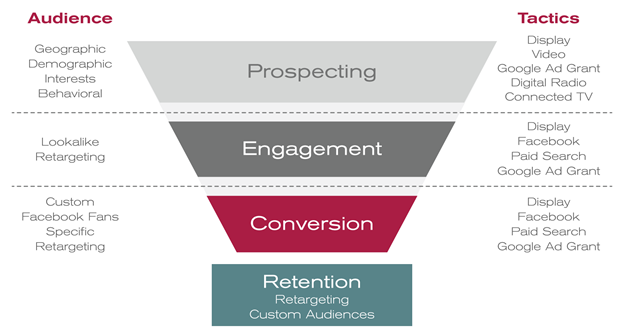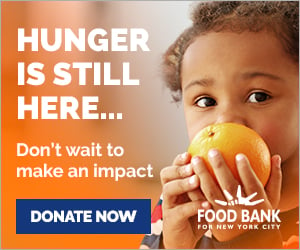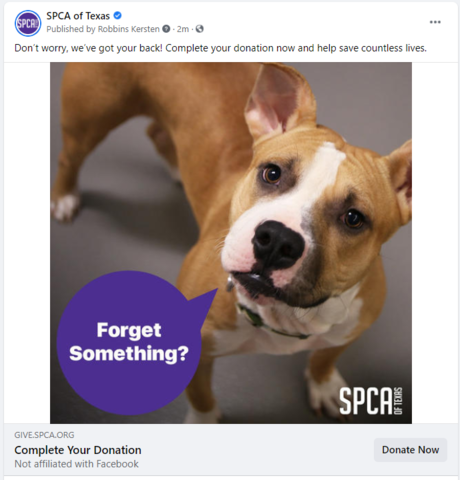If you’re like me, you probably just got finished binge-watching “Squid Game” on Netflix. How do I know that? Because 142 million households have seen it in the last month.
The South Korean drama is fascinating in the way it holds up a mirror to society, and it just became Netflix’s most watched original show ever. Who could have predicted that?
This isn’t the first time we’ve seen a show surprisingly gain cult status in pop culture—remember “Tiger King” early in our pandemic lockdown? What makes shows like these so popular is that they offer something different. They stand out in the crowd.
People like “different,” and they like to be wowed and surprised. This is a lesson that nonprofits should all take to heart when it comes to digital marketing.
And the best way nonprofits can bring the “wow” factor on a consistent basis is through personalization.
Personalization isn’t a new concept—it’s a time-tested, effective strategy that increases the persuasiveness for direct response. It creates more of an experience for donors, driving deeper engagement and leading to a greater connection to the mission.
The good news is that every organization can add more personalization, no matter where you sit on the path to digital maturity. In this blog, I’ll go over how you can start small with the basics and slowly add more sophistication along the way.
Start with Connected Data
We all know “Dear Jenn” is much warmer than “Dear Friend.” But what you might overlook there is how essential having the right data is for personalization.
For example, if I donate to an organization and they don’t have my first name on their file (or worse, the wrong name), then “Dear Jenn” simply isn’t possible. “Dear Friend” isn’t exactly going to wow anyone.
Unifying your data in one place lets you see the full scope of your fundraising program—and it provides the most complete picture of your donors. The more first-party data you have, the more personalization you can do.
Email Personalization
Let’s start with email. Hopefully, you’re adding the donor’s name into the greeting inside the email (“Dear [NAME]”). If not, that’s Step 1.
From there, you can begin to test subject lines for personalization. Here’s a great example:

You can send email with subject lines that reference seasonality or weather in a particular region, like a hurricane arriving soon:

If you have donors across time zones, you can try segmenting delivery by time zones. That way everyone gets the email at the same time of day.
Going deeper, you could change the images in an email based on donor preferences. An animal welfare organization, for example, could segment their file based on dog vs. cat lovers. The image the donor receives could match their preferred animal.
A tool like NiftyImages can go one step further, adding a line of personalized text (including a name) to the image in the email.

Media Personalization
In digital media, you can craft a series of ads across channels that are personalized to each donor depending on where they sit on the marketing funnel. This is based on behavior, not a name or content preferences.
A donor who is just finding out about an organization will receive a different ad than one who has engaged with the organization and is on the verge of giving.
Here’s what that funnel looks like:

For example, if someone abandons a donation form, you could send them an ad that asks them to “Come back” because “we still need your help.”


The possibilities are endless, and we recommend finding the right balance of effort and effectiveness.
Website Personalization
Finally, you can personalize the experience of each website visitor based on what you know about them. The content on the site can be driven by both donor history and web visit history.
Using connected data, you’ll know whether someone is a first-time visitor or a current donor. A new visitor to the site will receive a different experience than a regular donor; a major donor will see different content than an event attendee, etc.
Here’s a flow chart to visualize:

A lightbox can pop up that asks a current donor to “donate again” vs. a prospective donor to “donate now.” This small element of personalization makes a current donor feel like the organization knows them.
On the donation form, you can test gift arrays that are optimized to the donor's own giving history.
Also, a tool like Fomo could be used to share the charitable giving spirit through a sense of community on your website. When someone donates, it could post on your site, saying “Jenn in Dallas just donated to Hunger Action Month!”
In Conclusion
As you begin to plan out what the future of your digital fundraising program looks like, finding ways to add personalization should be high on your list of priorities. Each small step you take can improve engagement and bring in more revenue to fuel your mission.
If you’re not sure how sophisticated your program is compared to your peers, I encourage you take our digital maturity quiz to get a quick self-assessment.






Leave a comment: